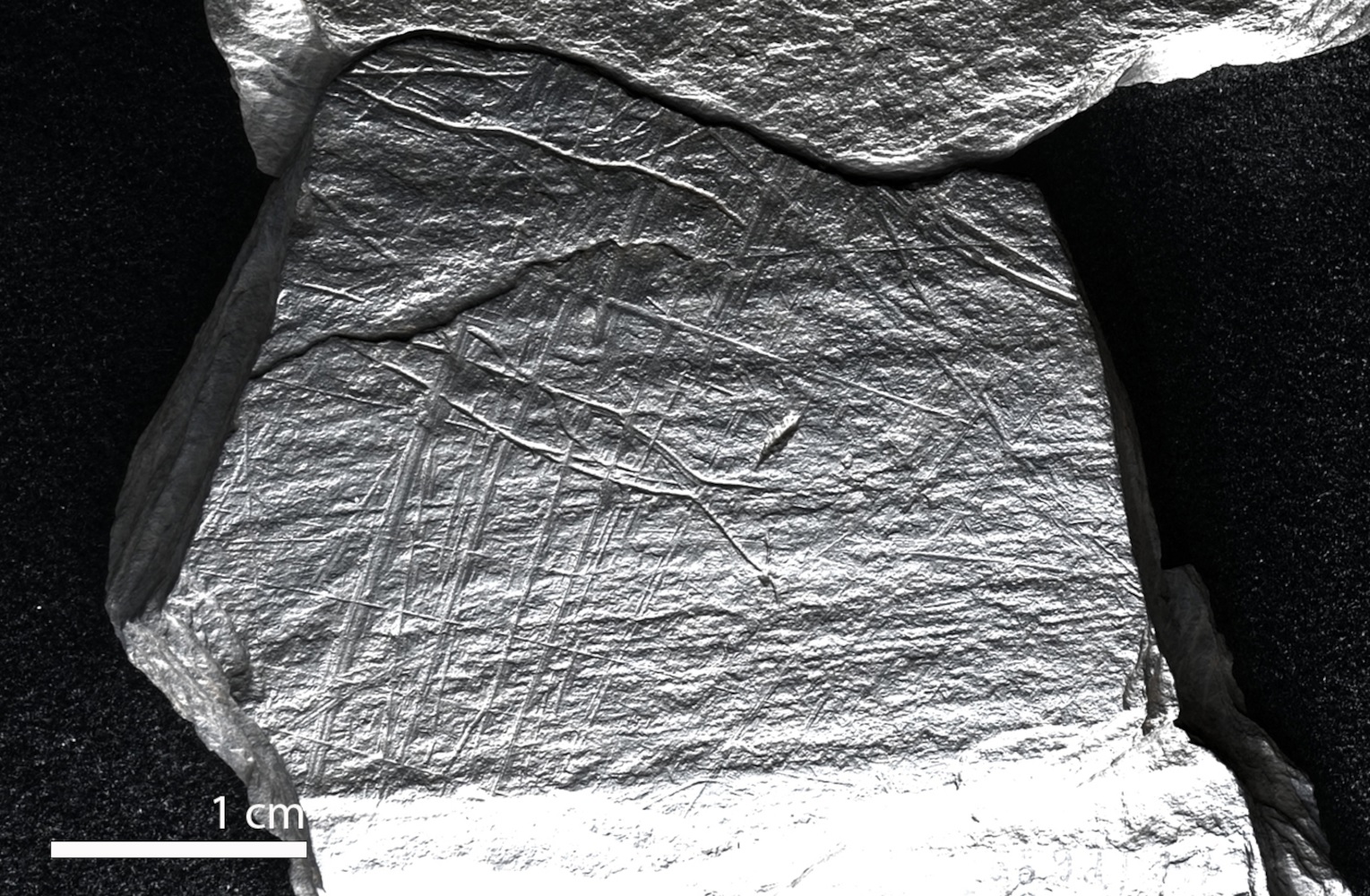Archaeologists from the Leibniz-Zentrum für Archäologie (LEIZA) and Durham University have uncovered engravings at the Ice Age site of Gönnersdorf that shows the earliest known depictions of fishing.
Gönnersdorf is one of the largest and best-researched settlement sites from the late phase of the last ice age during the late Upper Palaeolithic or Magdalenian period, about 15,500 years ago.
The site is located in the district of Gönnersdorf in the northern part of Rhineland-Palatinate, Germany. It was discovered in 1968, revealing traces of a well-preserved settlement in situ, protected by a layer of pumice from an eruption at the Laacher See volcanic caldera.
Previous excavations have uncovered numerous dwellings divided into four zones, in addition to more than 81,000 stone artefacts, figurines, different tools, weapon parts, jewellery, and artistic objects made from ivory and bone.
In a recent study using advanced imaging techniques, archaeologists have found stone plaquettes made from schist that have engravings depicting ancient fishing practices, including grid-like designs believed to represent fishing nets or traps.
“Through studying the nature of the cut-marks forming the engravings the research is beginning to identify individual artists and their particular ‘styles’”, said LEIZA.
“The findings significantly enrich the collection of Ice Age art and provide a glimpse into the social practices of Late Upper Palaeolithic hunter-gatherers, whose artistry at Gönnersdorf includes detailed portrayals of animals vital for survival, as well as stylised human figures.”
Funded by the Deutsche Forschungsgemeinschaft (DFG) and the Arts and Humanities Research Council (AHRC), this study also presents the earliest known depiction of fishing nets or traps in European prehistory, indicating that fishing technologies may have emerged much earlier than previously thought.
Header Image Credit : LEIZA
Sources : Informationsdienst Wissenschaft





